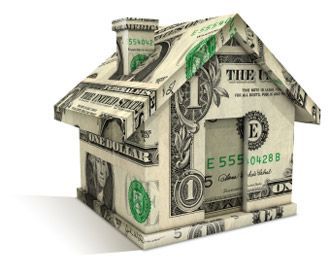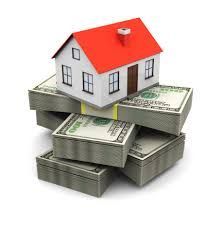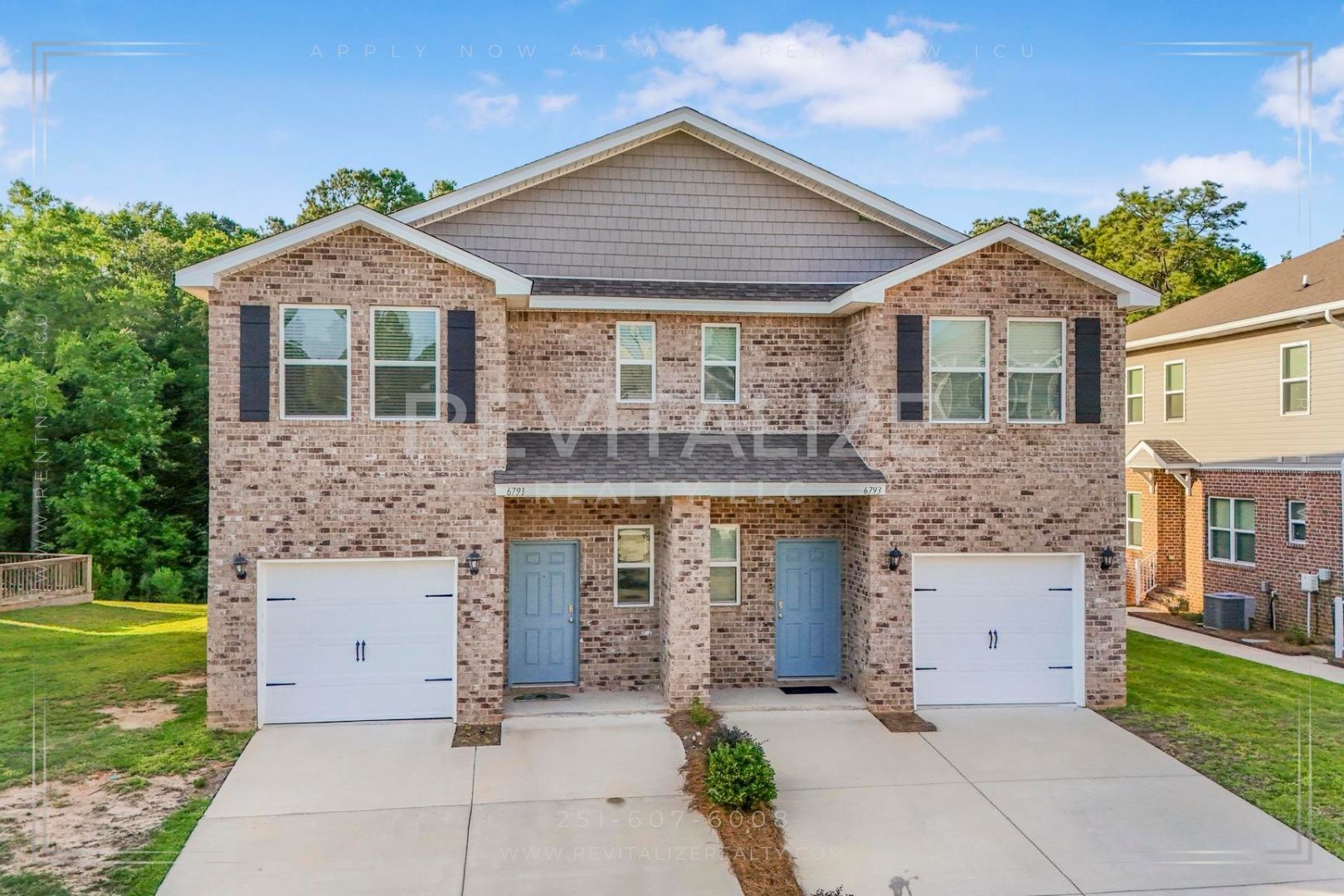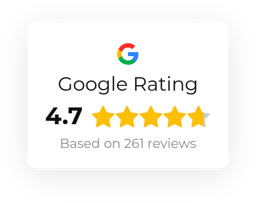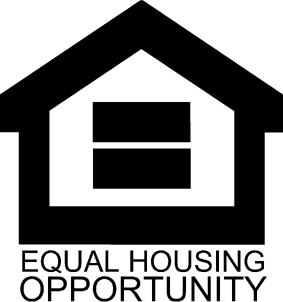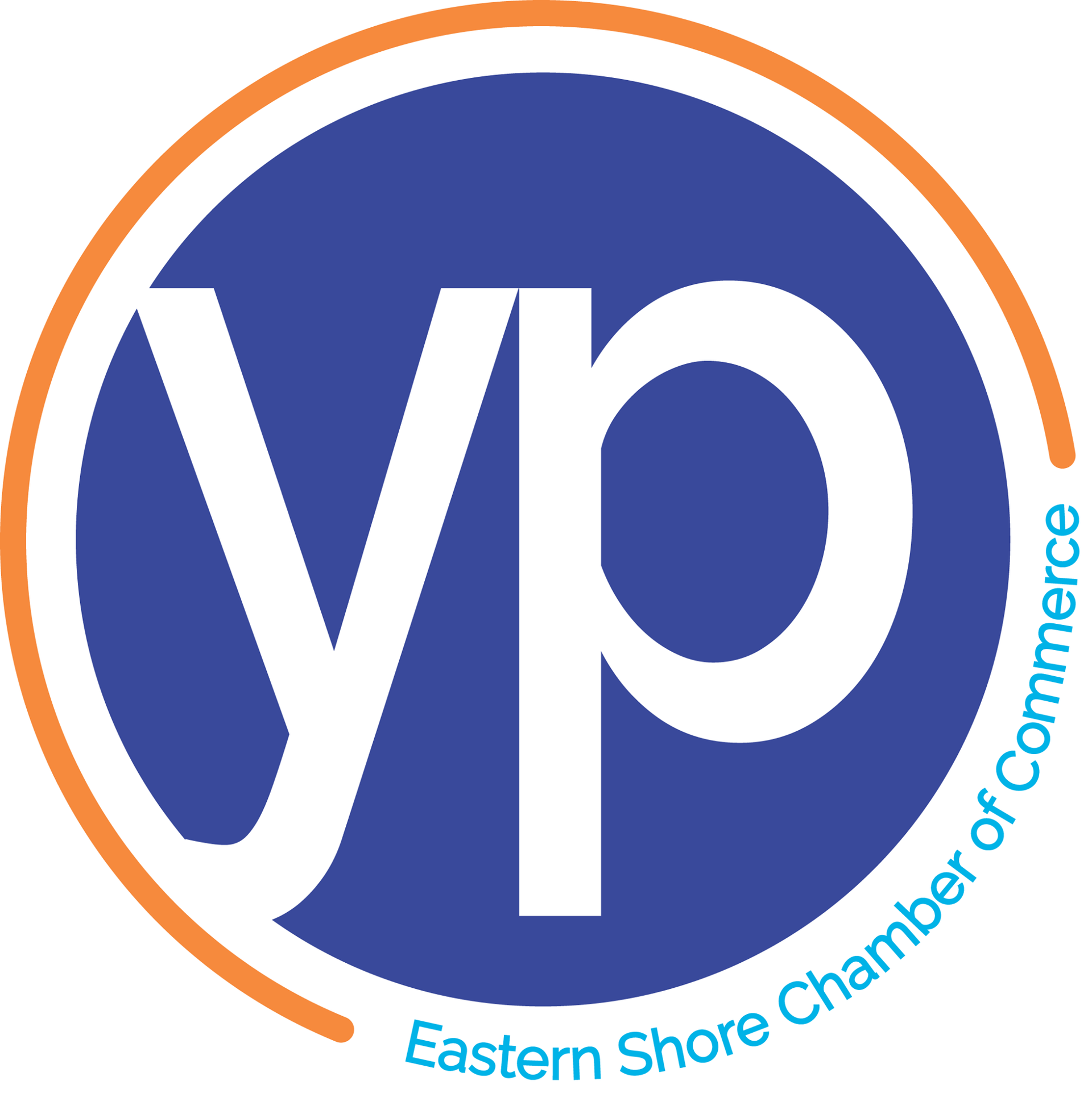Build to Rent
What Are Build-to-Rent Properties—and Are They Right for You?

As the real estate market continues to evolve, one model gaining momentum is the Build-to-Rent (BTR) community. These are residential properties—usually single-family homes or townhomes—built specifically to be rented, not sold. While traditional developments focus on ownership, BTR properties are designed for long-term leasing and are typically owned and managed by a single company or investor.
Benefits of Build-to-Rent Properties
For renters, BTR homes offer a unique blend of privacy, space, and flexibility. Unlike apartments, these homes usually come with yards, garages, and more square footage—making them ideal for families, pet owners, or anyone craving elbow room without committing to a mortgage. These properties are often newly constructed with modern amenities, energy-efficient systems, and smart home technology.
One of the standout perks is professional property management. Tenants benefit from on-site maintenance, landscaping services, and streamlined leasing—all of which contribute to a hassle-free living experience. Many BTR communities also include shared amenities such as pools, playgrounds, walking trails, and fitness centers, creating a neighborhood feel without the burden of homeownership.
For investors and developers, BTR communities offer stable, long-term income and relatively low tenant turnover. As more people delay buying homes due to affordability concerns, the demand for high-quality rentals is increasing—especially in fast-growing suburban areas.
Potential Drawbacks
However, BTR properties aren’t without their cons. For renters, monthly costs can be higher than traditional rentals, especially in amenity-rich communities. And unlike owning a home, tenants build no equity over time, even if they stay for years.
From an investor standpoint, BTR developments require significant upfront capital and expertise in both construction and property management. Additionally, if not planned thoughtfully, entire communities of renters may lack the long-term stability and care that owner-occupied neighborhoods often maintain.
Zoning restrictions and community resistance can also slow down development. Some municipalities are wary of entire neighborhoods built solely for renters, fearing a transient population or lack of civic engagement.
Build-to-Rent properties offer an attractive middle ground for people seeking the benefits of a home without the financial commitment of buying. For developers, they represent a modern approach to housing that aligns with shifting market demands. Like any real estate decision, the key is to weigh the benefits and trade-offs carefully—and choose what best fits your financial goals and lifestyle.

